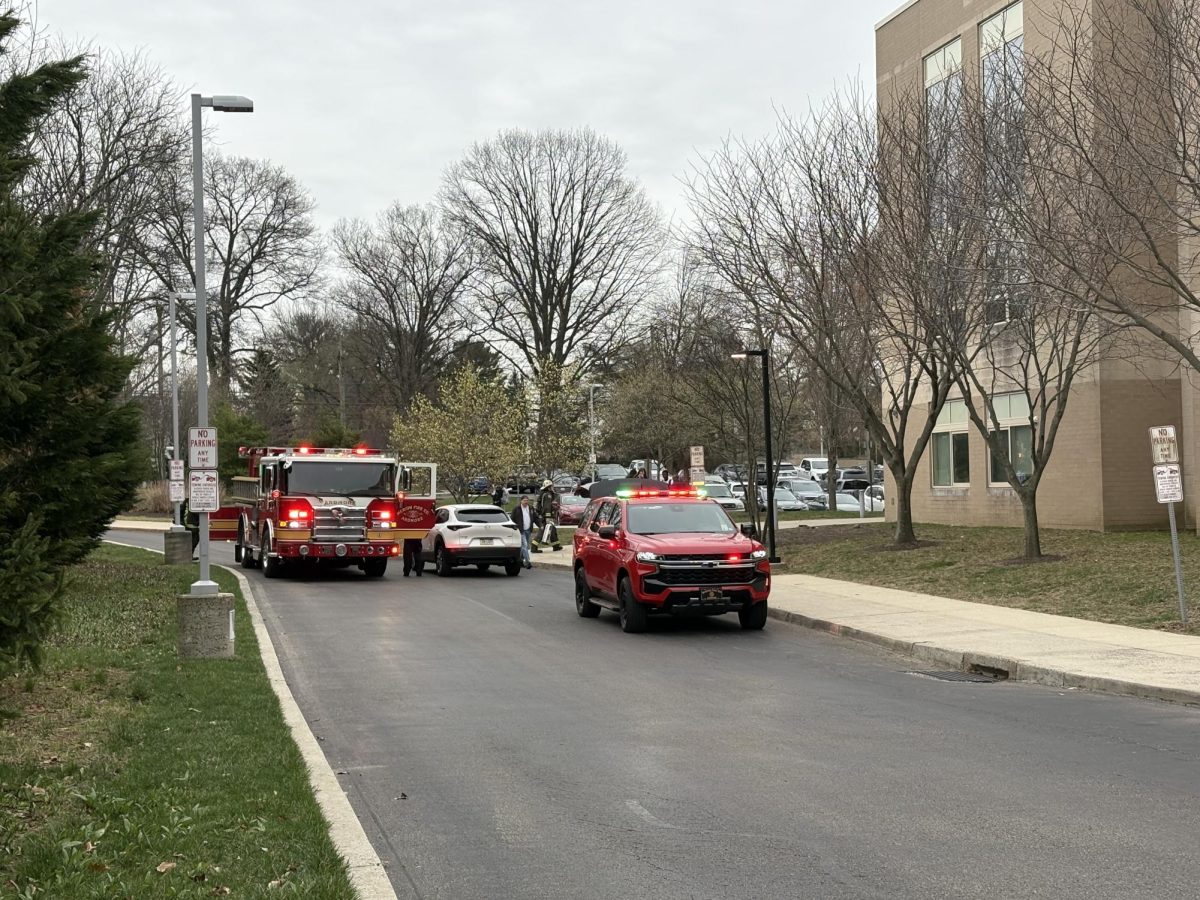
As the school year unfolds, there has been a dramatic change taking place within LMSD—start times. With the day starting a full hour later than it used to, students can arrive at school by 8:30 a.m instead of 7:30 a.m. The district proposed new start times to benefit students by allowing them to get extra sleep and work when they are most productive. While the change aims to enhance student well-being, there are mixed opinions on its overall effectiveness.
LMSD Director of School and Community Relations Amy Buckman states, “We’re making this change because research from various health organizations has shown the circadian rhythms of teenagers change.” Research suggests that teenagers are not able to function at the same capacity when their school schedules are misaligned with their sleep schedules, hindering productivity and academic performance. The American Psychological Association (APA) states that “compared to students whose schools started between 8 a.m. and 8:29 a.m., those in school starting between 8:30 a.m. and 8:59 a.m. had long sleep duration, less negative mood, and better developmental outcomes including socioemotional health, cognitive development, and behavioral health.” This demonstrates the strong benefits of later start times for upper-school students.
Many high schoolers are pleased with the new start times. Rona Shalish 25 shared, “I love being able to get enough sleep and feel awake when I come to school. Last year, I felt really tired during first set every day, and it was a struggle not to fall asleep.” Similarly, Sydney Piskai ’25 said, “I feel like I have more time in the morning to get ready, and I feel much more ready for school. I’m able to focus better in my morning classes.” With students more engaged in the morning, students do not have to spend time after school making up for what they were unable to process earlier. Those without after-school commitments have thrived with the new start times and seem to be enjoying it the most.
Mental health benefits to later start times are also apparent. Studies show that stress levels and hours spent in bed are directly proportional, with those who receive more sleep exhibiting far less anxiety. Because they operate in a high-stress environment, it is essential that high school students are able to get in a minimum of seven hours of sleep each night to mitigate stress levels. In previous years, the average bus pick-up time was around 6:50 a.m., requiring most students to wake up by 6:00 a.m. Now, with only a one-hour shift to the day, the average pick-up time is around 8:10 a.m. With an eighty-minute difference in the time students begin their trip to school, time for sleep is extended substantially.
Meanwhile, others deal with the challenges that it poses for after-school sports, jobs, and activities. Student-athlete Meara Lim-Goyette ’25 explains she feels like she is “running from activity to activity with no time in the day to get it all done,” and by the end of the night she feels “as tired, if not more, than last year.” Students that were previously able to start working at 3:00 p.m. now lose an hour of their work day, which puts a damper on the jobs they attain and the businesses that employ them. With after school sports practices running later in the evening, some students won’t get home until nearly seven p.m. each night. This begs the question: are students really getting more sleep, or are they just being forced to stay up proportionally later?
The scope of this change goes far past high schoolers. Now, middle school students are the first to get home, altering the structure of many families’ after-school routines. Last year, high schoolers were the first to arrive home, setting up the perfect childcare structure for working families. With children as young as ten returning home first, this is thrown off entirely. Families grapple with the new issue of having to pay for childcare for their young middle school children, all for the purpose of giving high schoolers one extra hour of sleep. On the other hand, some elementary school students return home as late as 4:30 p.m. ; they now get out at 4:05 p.m. as opposed to 3:35 p.m. This reduces their time for friends and family by nearly an hour.
The shift to later start times represents the district’s attempt to adapt to teen sleep patterns and enhance student learning. While many students are thrilled, others struggle to adjust with it due to school sports, family structure challenges, and limited time in the day to complete all that needs to be done. Only time will tell the true implications of the new schedule, and we hope to see its long term impact.






